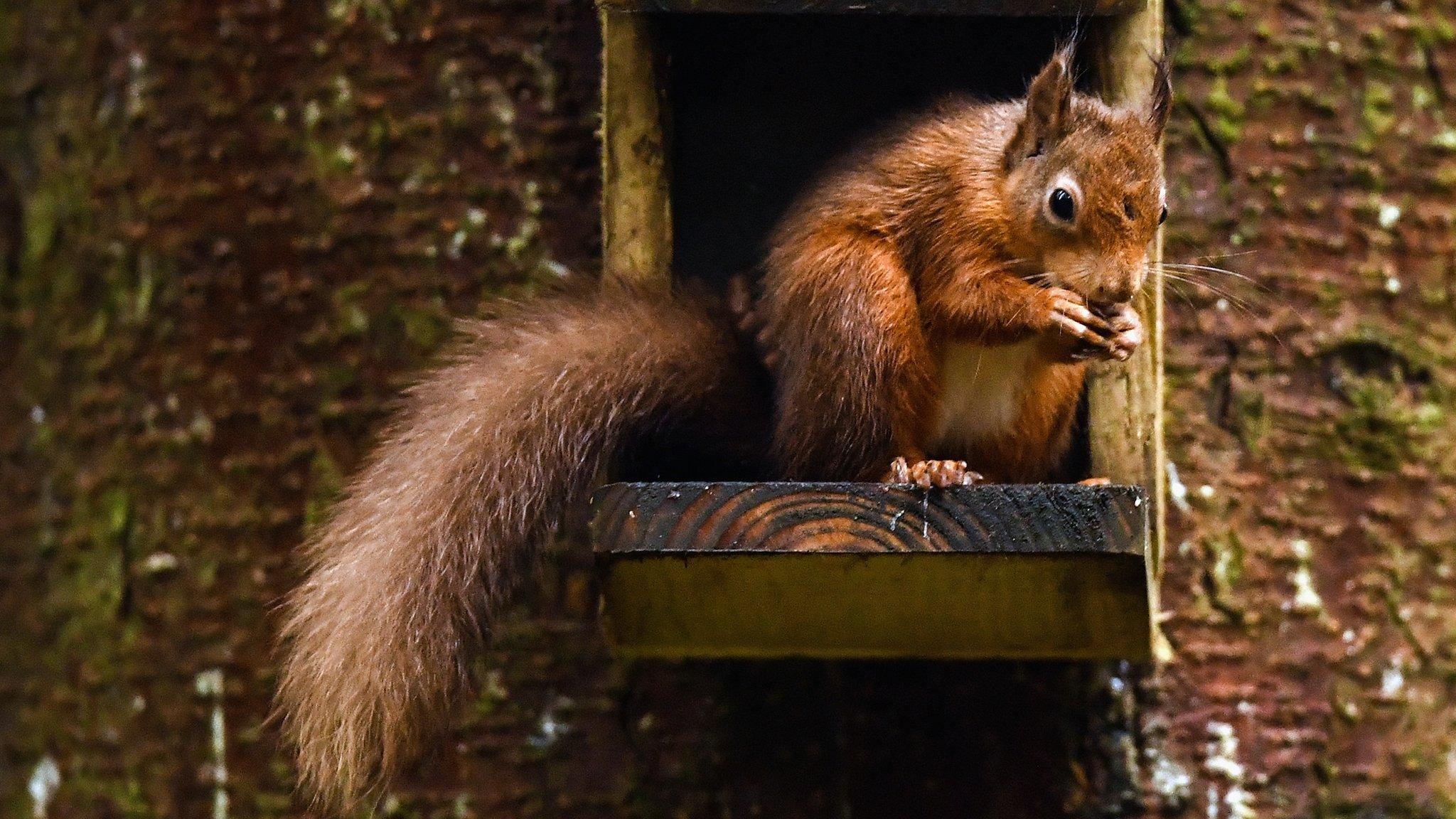Squirrels: New research shows they can do some impressive acrobatic stunts!
- Published
- comments

A new study has shed some light on just how agile squirrels are
Squirrels are known for their nimbleness, impressive climbing skills and super speedy movements, and a new study has shed some light on just how agile the furry animals are.
A team of researchers from the University of California in America, carried out research to learn more about how squirrels make such incredibly fast decisions when they're on the move every day.
The scientists hope that learning more about the agility of the animals - and how they're able to recognise their limits - could help lead them to create robots who are able to move around in a similar manner, particularly in situations where they may be under threat.
So far, the researchers have learnt how animals like geckos, cockroaches and squirrels move, and how their bodies and limbs help them to escape when they find themselves in sticky situations.
These discoveries have all helped them in their quest to make more agile robots.
However, there's some big questions they haven't been able to figure out just yet: How do these animals decide whether or not to take a leap of faith? And how are they able to assess their physical abilities to determine whether they'll stick their landing or not?
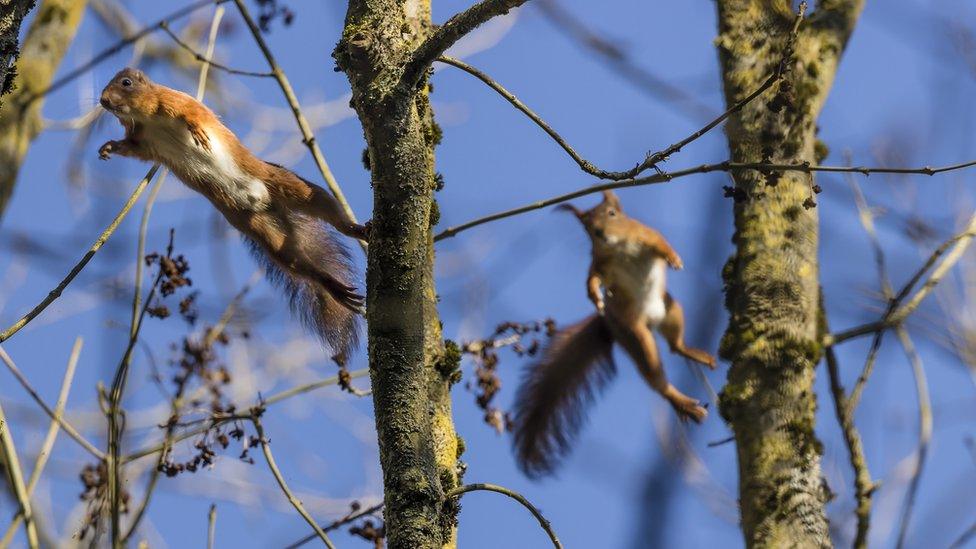
Squirrels are able to leap from branch to branch
"I see this as the next frontier: How are the decisions of movement shaped by our body? This is made far more challenging, because you also must assess your environment," Robert Full, professor of integrative biology at UC Berkeley, said.
"That's an important fundamental biology question. Fortunately, now we can understand how to embody control and explain innovation by creating physical models, like the most agile smart robots ever built," he added.
In order to find out more about how squirrels decide whether to make a big leap, the team carried out experiments on free-ranging squirrels on the UC Berkeley campus. They coaxed the animals into tricky situations where they had to decide whether to leap for a peanut or let it go.
The squirrels leapt from a range of different types of launching pads, some of which were bendy and some of which were not.
The researchers found that the more bendy the branch was that the squirrels had to leap from, the more cautious they were. However, in just a few attempts, the squirrels were able to adapt how they landed in real-time.
"As a model organism to understand the biological limits of balance and agility, I would argue that squirrels are second to none," former UC Berkeley doctoral student Nathaniel Hunt said.
"When they leap across a gap, they decide where to take off based on a trade-off between branch flexibility and the size of the gap they must leap," Hunt added.
"And when they encounter a branch with novel mechanical properties, they learn to adjust their launching mechanics in just a few jumps. This behavioural flexibility that adapts to the mechanics and geometry of leaping and landing structures is important to accurately leaping across a gap to land on a small target."
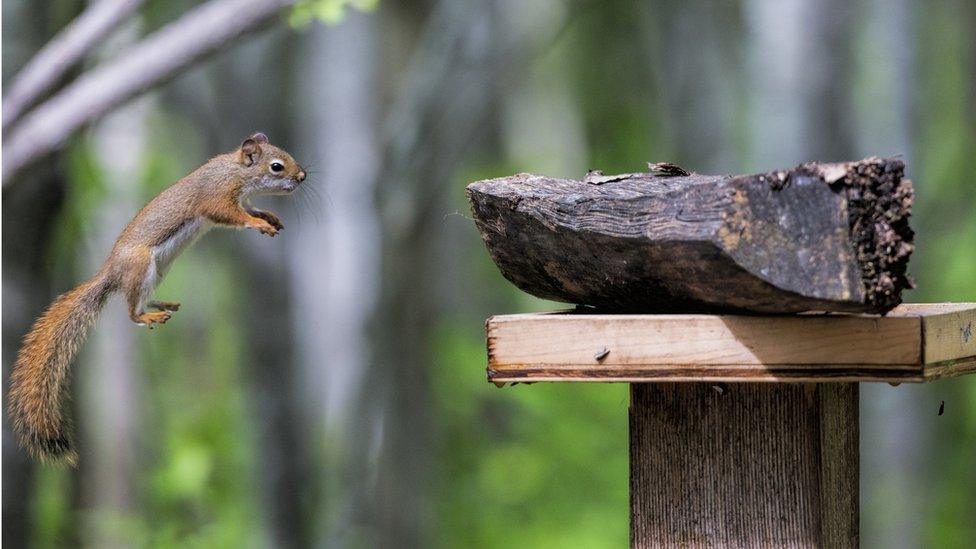
The researchers hope the study will help them create more agile robots in the future
In situations where the squirrels either jumped too far to reach their target, or not far enough, they were able to make use of some impressive skills to make up for it.
If they jumped too far, they rolled forward around the branch to stabilise themselves, and if their jump wasn't powerful enough, they landed with their front legs and swung underneath before pulling themselves up on top of the perch where the peanut was.
"This combination of adaptive planning behaviours, learning control and reactive stabilizing manoeuvres helps them move quickly through the branches without falling," Hunt said.
Parkour is a sport which requires lots of strength, balance, agility and coordination. Athletes jump, climb and swing, with the aid of other movements and objects, to move around and avoid obstacles.
One unexpected move was that during tricky jumps, the squirrels would often change the direction of their bodies to push off a vertical surface, similar to human parkour, to help them adjust their speed and nail their landing.
The researchers are now looking to find out more about the interaction between the movements and mental processes of squirrels to further help them in the process of developing better robots.
- Published2 January 2018
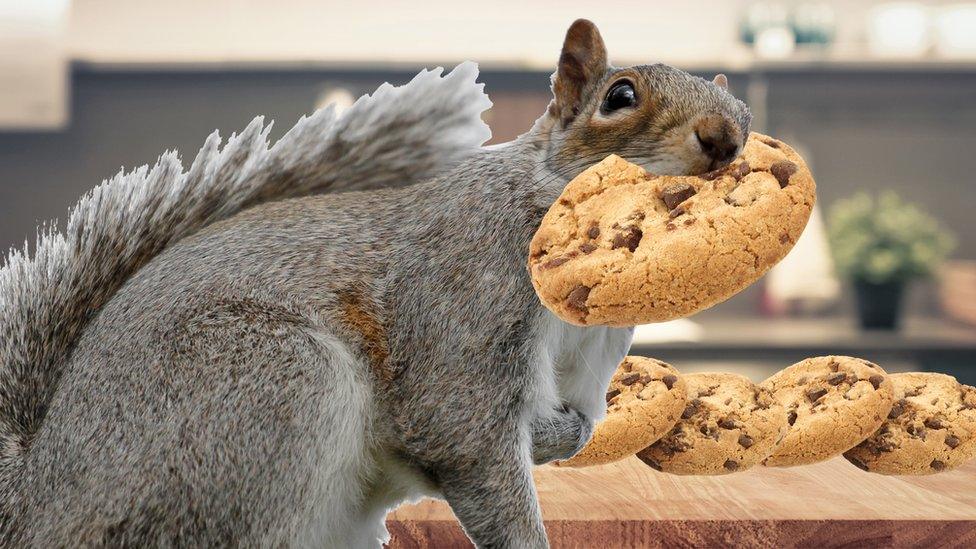
- Published7 July 2020
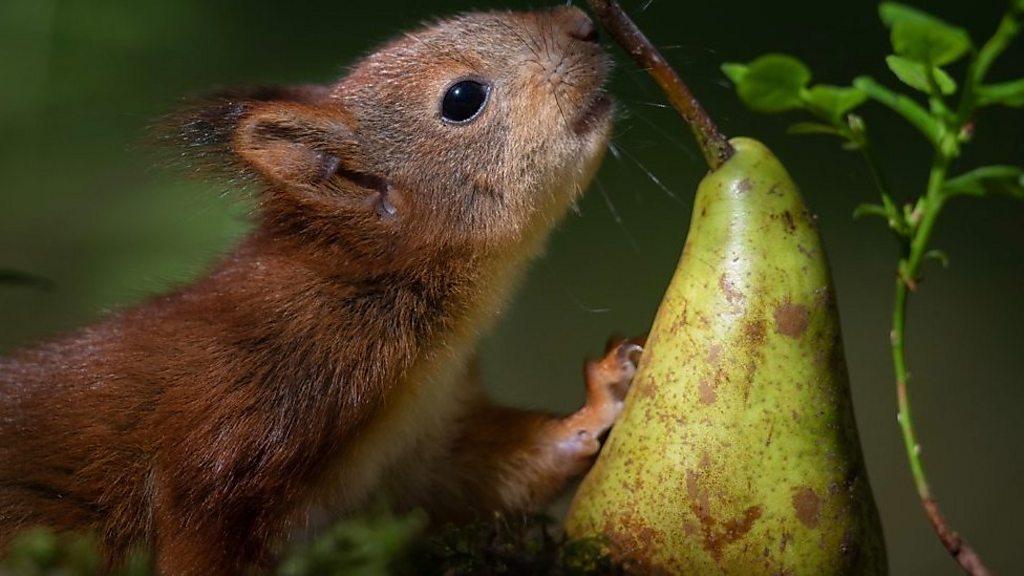
- Published9 April 2018
